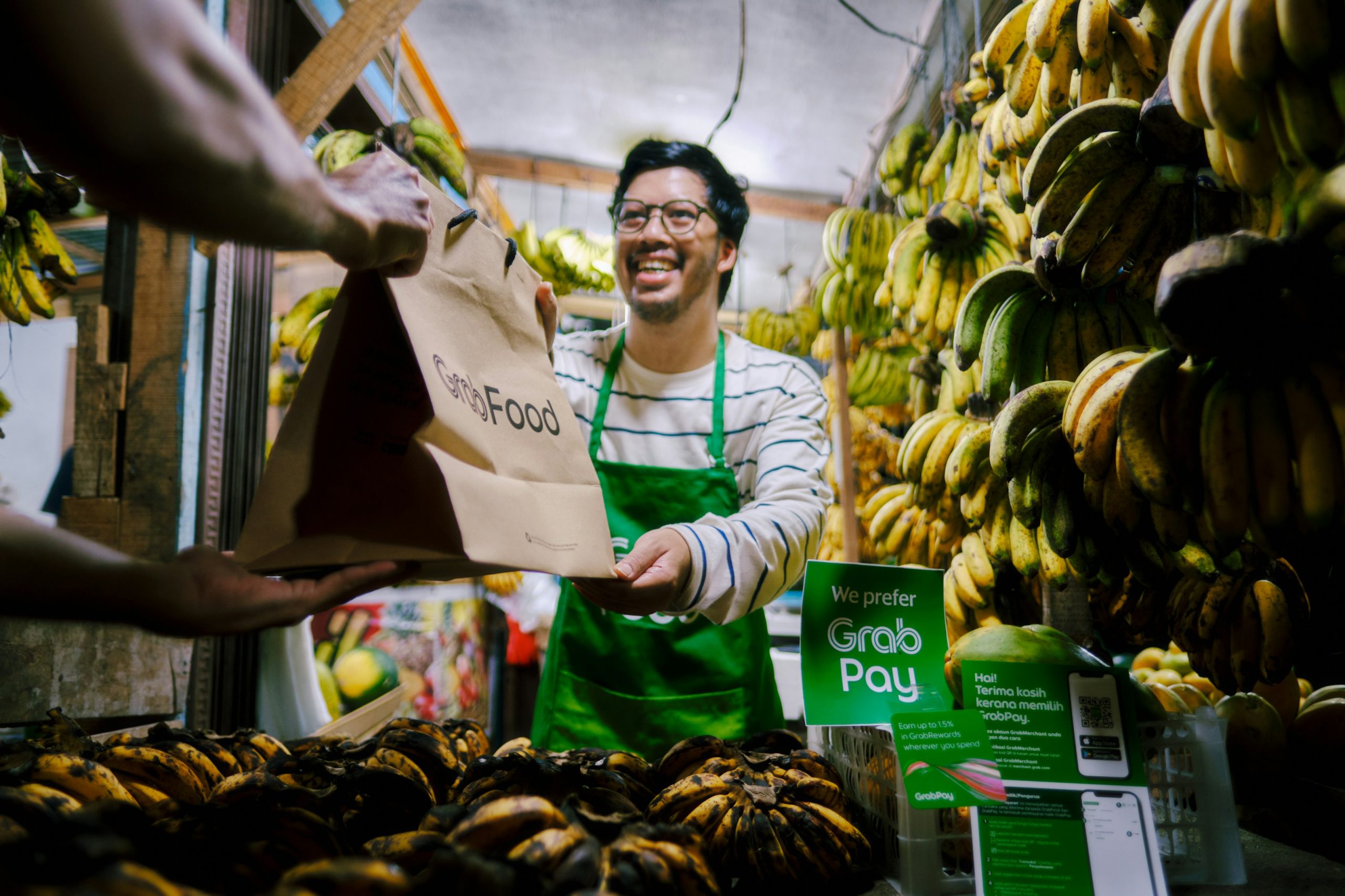Yelp searches for regional Indian cooking, flavors, and dining concepts are on the rise across the U.S.
Yelp searches for Indian tiffin service, a traditional home-style meal delivery service, have increased by 153% recently, highlighting growing consumer interest that has been fueled in part by online content creators like Lily Baria, whose unboxing videos have enjoyed viral success.
In addition, searches for “Indian food buffet near me” have also jumped dramatically (+459%) on Yelp.
Food lovers are also embracing fresh interpretations like Indian bowls, with Yelp searches rising 135% year over year.
“Regional Indian dishes aren’t just gaining recognition; they’re inspiring more people to expand their flavor horizons. High profile openings like Gymkhana, Bungalow, and Ambassadors Clubhouse are helping to shine a spotlight on the incredible diversity of Indian cuisine, from comforting North Indian curries to bold South Indian street food,” said Tara Lewis, Yelp Trend Expert.
“This increased interest from diners on Yelp speaks to a larger shift where people are looking to break out of their usual go-to orders and seek out new, unforgettable dining experiences,” Lewis told FI.
The Evolution of Indian Food
“When I first began exploring Indian food professionally, most Western diners associated it with heavy buffets and creamy gravies. That has completely changed. Chefs today are focusing on light, refined presentations that let spice and regional identity shine through,” said Mariko Amekodommo, international culinary expert at Mariko Presents.
Amekodommo also drew parallels between the evolution of Indian cuisine and sushi’s metamorphosis from “novelty to mainstream sophistication” a few years ago.
Let’s dig into a few of the trending regional Indian cuisines and restaurant concepts.
Keralan Cuisine: Savory, Spicy, and Veggie-Forward
F&B intelligence platform Datassential identified Keralan food as its “Cuisine to Know for 2026” in its recent trends report.
“Keralan concepts (inspired by the cuisine found in the state of Kerala in India) are popping up stateside, with a variety of U.S. operators calling out Keralan dishes and beverages on menus. Keralan cuisine, which 39% of U.S. consumers are interested in trying, is characterized by seafood, rice, coconut, veggie-forward dishes, and spices like curry leaves, turmeric, asafoetida (a pungent, funky, savory spice), and more,” reads the report.
Other Regional Indian Specialties
In addition to Keralan food, Amekodommo expects that the culinary staples of the Goa, Nagaland, and the Himalayan regions will also steal the spotlight in the near future.
“Goan food, for example, combines Indian soul with Portuguese coastal influence – and it’s ideal for the global palate. Nagaland and Assam bring a smoky, earthy depth that resonates with the ‘open fire cooking’ trend, while Himalayan thalis embrace clean eating and sustainability,” Amekodommo told FI.
Regional Indian Concepts to Watch
New restaurants are also generating serious anticipation, prompting Yelp searches to surge 8,214% for Ambassadors Clubhouse, which is slated to open in New York City in January, while searches for Gymkhana%, which will open in Las Vegas next month, increased by 128%.
Amekodommo added that pop-ups and supper clubs revolving around regional Indian menus have also been gaining ground.
“I personally host curated Indian dinners in Europe that go beyond the traditional curries, like my Goan Dinner Party in Prague, where guests experience seafood, coconut, kokum, and cashew-based dishes in a contemporary fine dining setting. These experiences help people understand that Indian cuisine is as diverse and nuanced as Europe’s own,” Amekodommo told FI.
Food for Thought Leadership
This Episode is Sponsored by: Performance Foodservice
How important is it as a food distributor to build a brand for foodservice – especially since consumers may never see or recognize it? Mike Seidel, vice president of procurement at Performance Foodservice Corporate, shares how the company views the development of its existing foodservice brands, including Roma and Contigo, and how they helped in the creation of its most recent Mediterranean concept Zebec.











